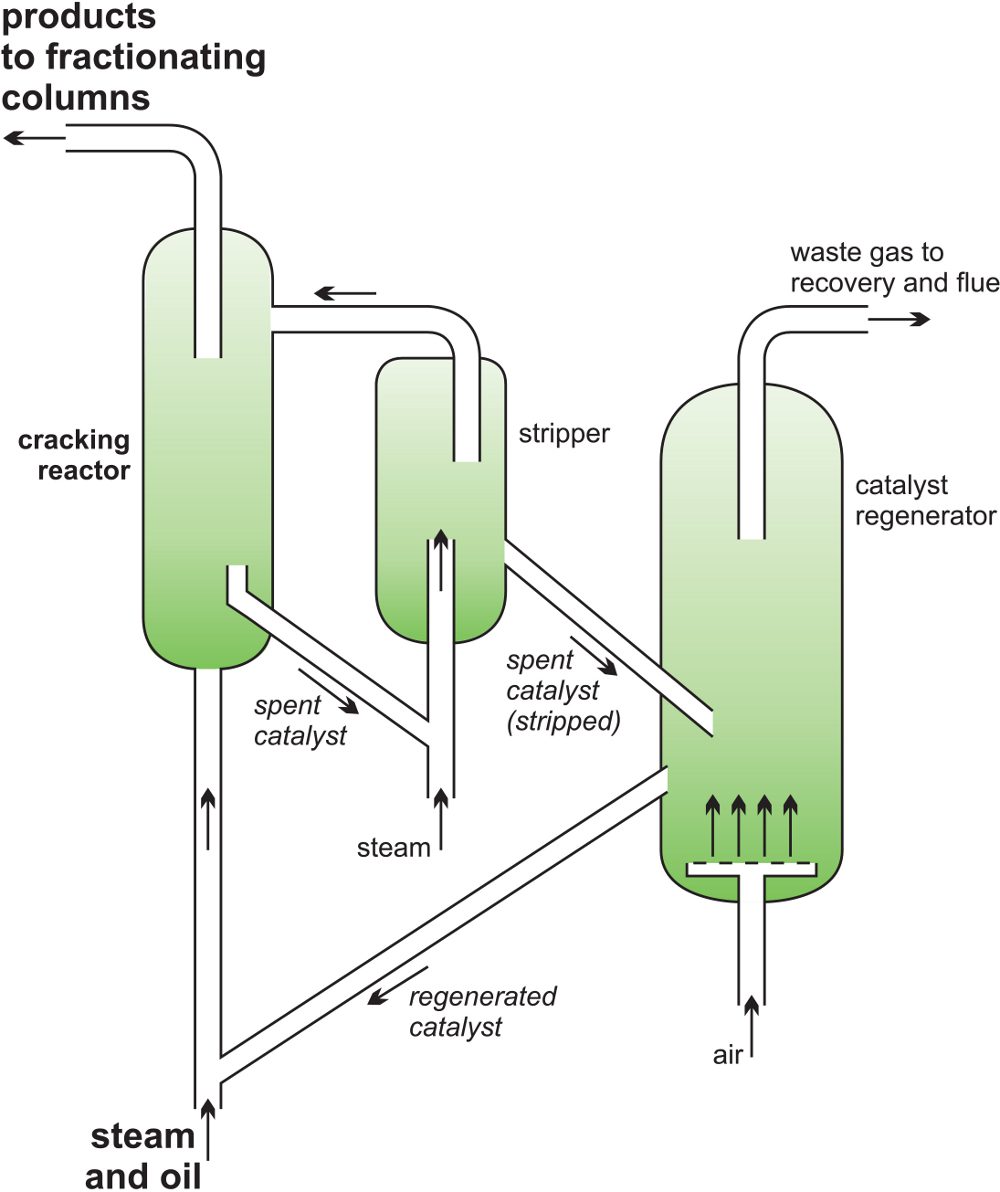
A photocatalytic flow method created by Timothy Noël’s group at the University of Amsterdam presents a scalable and atom-efficient technique for alkylating pharmaceutical heterocycles using simple gaseous alkanes. This advancement, utilizing flow technology, activates robust C–H bonds in C1–C4 hydrocarbons such as methane, ethane, propane, and butane through photochemical hydrogen atom transfer. The process is fundamentally scalable and employs inexpensive, plentiful feedstocks to generate six unique alkylated derivatives. It shows potential for revolutionizing drug discovery and production.
The introduction of basic alkyl side chains through alkylation can improve a drug candidate’s ADMET characteristics, yet gaseous alkanes are rarely utilized due to obstacles in activating their C–H bonds and the complications associated with using gaseous reagents. Conventional methods rely on toxic or heavily-modified precursors. Noël’s flow technique resolves this issue by employing an iron catalyst under irradiation in a gas-liquid tail vessel, efficiently producing reactive alkyl radicals that alkylate the heterocycles without needing toxic substances.
The versatility of this method was demonstrated across various heterocycles and applied in late-stage alterations of compounds such as camptothecin, caffeine, and fenazaquin. Martín Fañanás-Mastral from the University of Santiago de Compostela highlights the process’s extensive functional group tolerance and underscores the necessity of managing reaction conditions. Although examined only at a milligram scale, the team is investigating larger-scale syntheses to validate industrial applicability.
There are challenges, including expenses associated with high-pressure conditions, which must be addressed for large-scale implementation. However, the potential for recycling excess gases and decreasing dependence on toxic chemicals presents considerable environmental advantages. This method represents a move towards more sustainable chemical processes, potentially opening avenues for new reactions involving gaseous reagents.